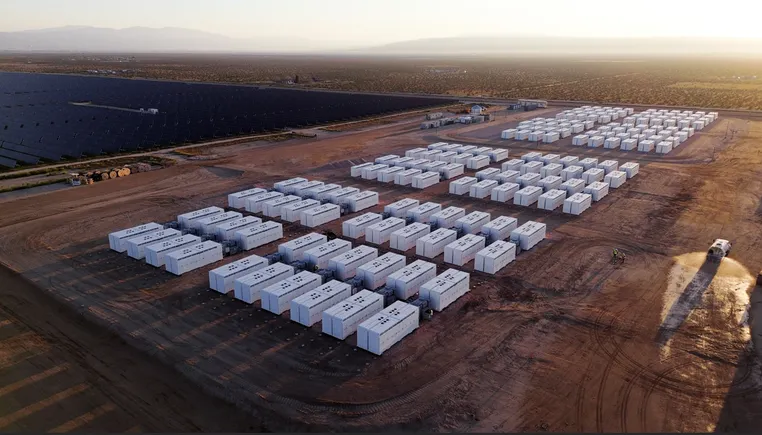CEO Pay Trends: A Post Proxy Season Recap
The 2025 proxy season has officially concluded, and companies have finished submitting their proxy statements (DEF 14A) to the Securities and Exchange Commission (SEC). These filings provide comprehensive insights into executive compensation practices and corporate governance structures. The following analysis examines fiscal 2024 proxy statements submitted by Equilar 500 companies—the largest U.S. public companies by […]

Joyce Chen is an Associate Editor at Equilar, Inc. This post was prepared for the Forum by Ms. Chen.
The 2025 proxy season has officially concluded, and companies have finished submitting their proxy statements (DEF 14A) to the Securities and Exchange Commission (SEC). These filings provide comprehensive insights into executive compensation practices and corporate governance structures. The following analysis examines fiscal 2024 proxy statements submitted by Equilar 500 companies—the largest U.S. public companies by revenue—and highlights key trends in executive compensation.
The aftermath of the COVID-19 pandemic, ongoing inflationary pressures and political crosswinds have all contributed to an increasingly competitive market for high-level leadership. In response, companies have continued to increase pay packages to attract and retain top talent, especially as the role of the CEO becomes more complex and demanding. This analysis follows compensation trends from 2020-2024, offering a comprehensive view of how executive pay has changed over the years in comparison to median employee compensation, as well as a look into gender pay equity.
The median total direct compensation for CEOs increased 3.8%, reaching $16.2 million in 2024. The 25th percentile also experienced a 12.6% increase, while the 75th percentile rose 4.8%. Compared to 2020, when median pay stood at $12.3 million, CEO compensation has risen 31.7%. (more…)























































































![The sights of the Paris Air Show Day 2 [PHOTOS]](https://breakingdefense.com/wp-content/uploads/sites/3/2025/06/IMG_1837-scaled-e1750181568851.jpg?#)













![[Updated] U.S. Air Force Mobilizes F-22s and F-35s as Situation in Middle East Escalates](https://theaviationist.com/wp-content/uploads/2025/06/F-22_F-35_CENTCOM-top.jpg)








































